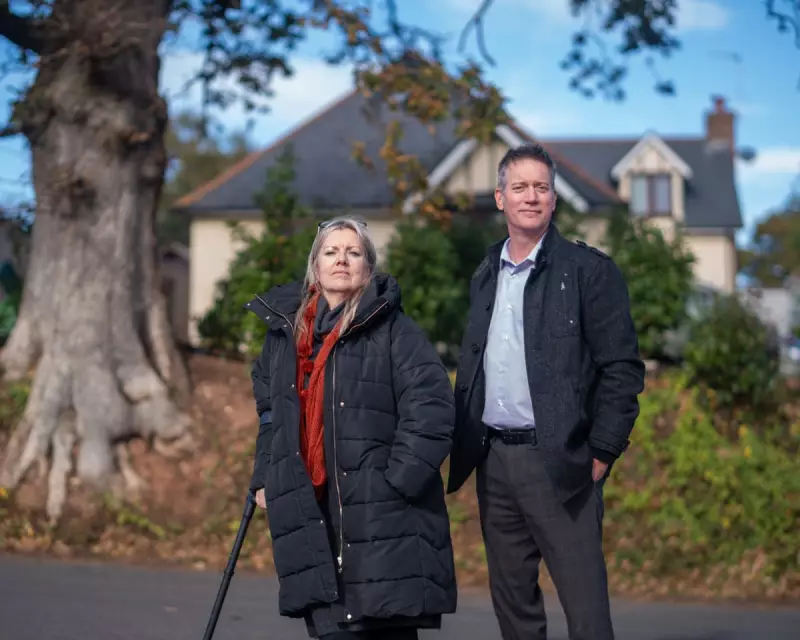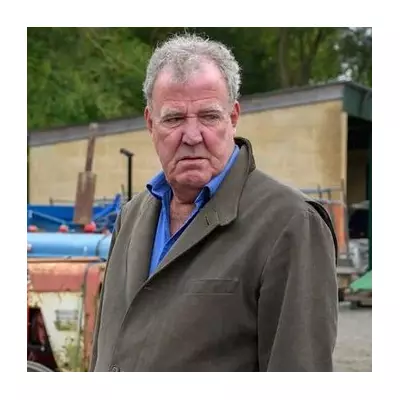
Britain's insurance industry is facing mounting criticism for pushing homeowners to fell mature trees as a cheap alternative to addressing the root causes of subsidence, with environmentalists and engineers warning this "quick fix" approach is causing unnecessary ecological damage.
The Root of the Problem
Industry data reveals that subsidence claims have surged dramatically in recent years, with climate change-induced hotter, drier summers causing soil to shrink beneath properties. The Association of British Insurers reports claims reached £219 million last year alone - a staggering 350% increase from 2022.
Faced with this claims explosion, many insurers are opting for what critics call the "chainsaw solution" - demanding property owners remove trees near buildings rather than investing in more sustainable ground stabilization methods.
Environmental Cost Versus Financial Saving
"Insurers are taking the easy way out," says Dr Eleanor Vance, an environmental scientist at the University of Leeds. "Felling a mature tree might save thousands in potential claims, but it destroys decades of natural carbon storage and habitat in minutes."
Research indicates that mature trees can reduce local temperatures by up to 5°C during heatwaves while absorbing substantial amounts of carbon dioxide and improving air quality. Their removal often represents a false economy, experts argue.
Better Solutions Being Overlooked
Engineering alternatives exist that can protect both properties and trees. These include:
- Root barrier installation to prevent moisture competition
- Targeted irrigation systems to maintain soil moisture
- Advanced foundation reinforcement techniques
- Soil stabilization through polymer injections
However, these methods typically cost more initially than simple tree removal, making them less attractive to insurers focused on short-term financial outcomes.
Industry Response and Regulatory Pressure
While some insurers defend their approach as necessary risk management, others are beginning to acknowledge the environmental impact. Several major providers have started developing more nuanced tree management policies that consider ecological value alongside subsidence risk.
The Financial Conduct Authority is monitoring the situation closely, with campaigners calling for stricter guidelines to prevent unnecessary tree loss. "We need regulations that recognize the long-term value of urban trees," argues Tree Protection Campaign director Michael Croft. "Destroying our natural infrastructure to save money today is profoundly short-sighted."
As climate change intensifies, the tension between property protection and environmental conservation is likely to grow, forcing both insurers and homeowners to confront difficult choices about how we value and protect our natural and built environments.





